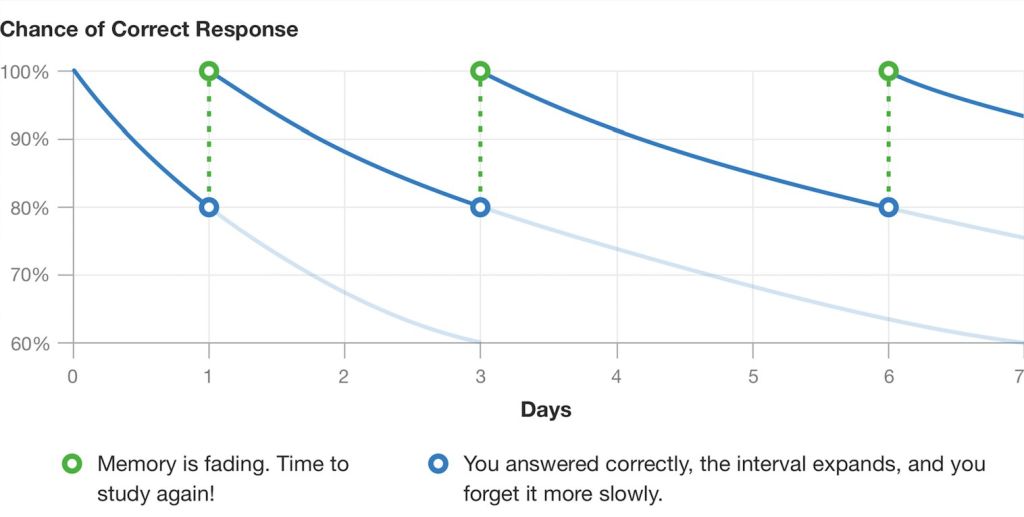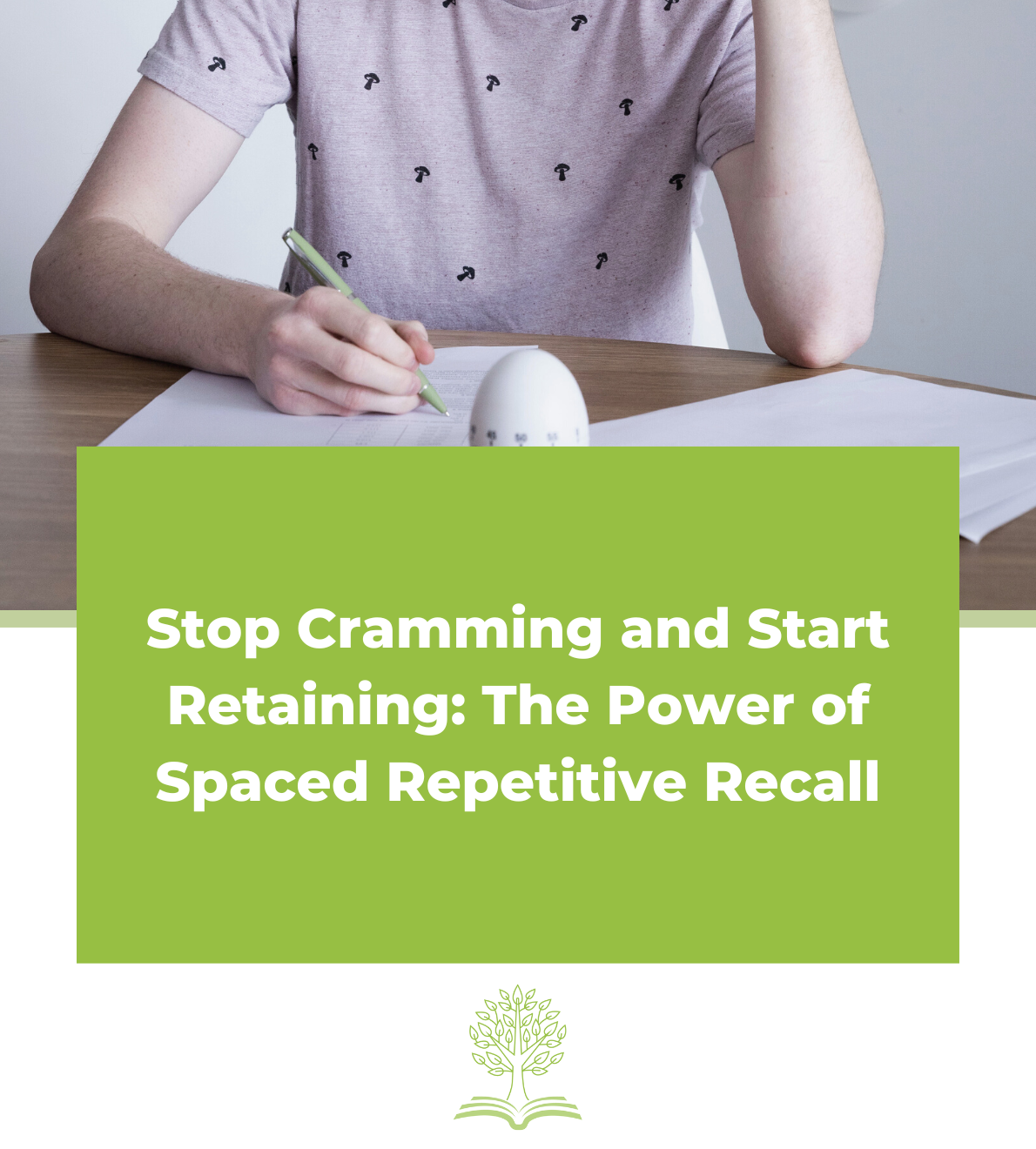Picture this: it’s the night before a big test and you’re scrambling to absorb all the material you need to know. Your desk is piled high with textbooks, notes, and practice tests, but time is running out. You’re desperate to do some practice questions, but it feels like there’s just not enough time. Before you know it, it’s 1am and your test is mere hours away. Exhausted, you fall into bed, but your mind is racing and you’re worried you won’t be able to get up for school in the morning.
We’ve all been there, but why does this happen? Imagine that your brain is like a water filter jug. We know that when we add water to the jug, it takes time to drip through the filter into the bottom compartment. If we keep adding water without giving it time to filter, the jug will overflow and water will spill everywhere. This is what happens when we try to cram information into our brains without giving it time to process.
The fact is, our brains need time to convert information into a functional pathway. When we overload our brains with information, most of it gets lost. This is why cramming is one of the least effective study techniques you can use.
So, how do we avoid overwhelming our brains? Just like with the water filter jug, we need to add smaller amounts of information over timed intervals so our brains have time to process and retain the information. This is called spaced repetitive recall. By studying smaller chunks of information with breaks in between, our brains have time to process the information and put it into our memory.
Spaced repetitive recall not only allows time for the pathways in our brains to build and strengthen, but it also utilises the same pathways we’ll be using during the test or exam. This technique is not only more effective than cramming, but it also cuts down the amount of time you need to spend studying.
Think of it like training for a marathon. It’s impossible to train for it in one day, right? Similarly, doing regular training sessions where you progressively improve is the key to success. Each training session helps you decline less and less between sessions, making it easier to prepare for the big day.

To further illustrate the effectiveness of spaced repetitive recall, let’s take a closer look at the numbers, days and percentages involved. Day 0 is the day when students first encounter the information, and their retention rate is 100%. However, by day 1, the retention rate drops drastically to 80%, and by day 3, it plummets to 0%. This is the forgetting curve in action. However, by incorporating spaced repetitive recall into their study routine, students can improve their retention rates significantly. For example, by reviewing the material on day 1, day 3, and day 7, the retention rate can be boosted to over 90%. By reviewing the material on day 1, day 3, day 7, day 14, and day 30, the retention rate can be maintained at over 80%. By using this technique regularly, students can keep the forgetting curve flat and ensure that they are able to retain the information long-term.
Incorporating spaced repetitive recall into your study routine is easy. All you need to do is actively recite the information with no prompts and use intervals with breaks in between. You can review cue cards, do blank page recall, practice questions, or a mix of all of them. Find what works for you and stick with it.
Spaced repetition combined with recall has been shown to be the most effective way to study for exams. Give it a try for a week and see how much your retention improves. By allowing your brain to build the necessary structures and pathways, you’ll be able to recall information quickly and accurately, just like you need to do during the exam.
Post by Student Coach – Megan Ross






Leave A Comment